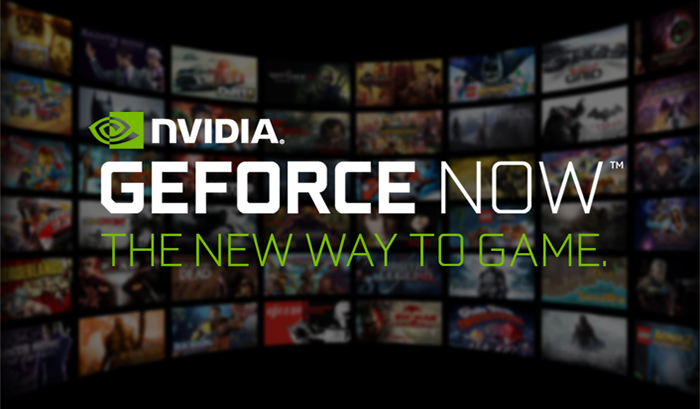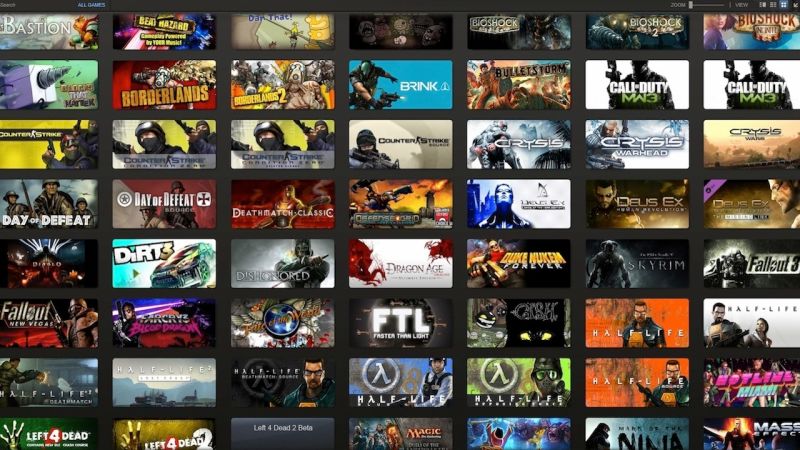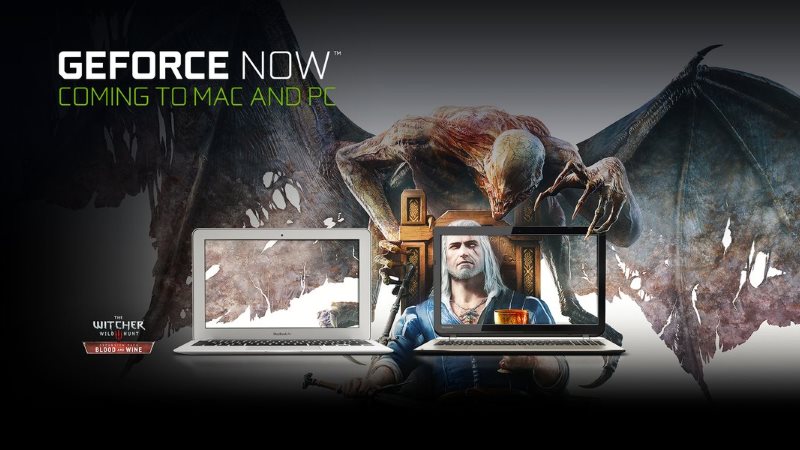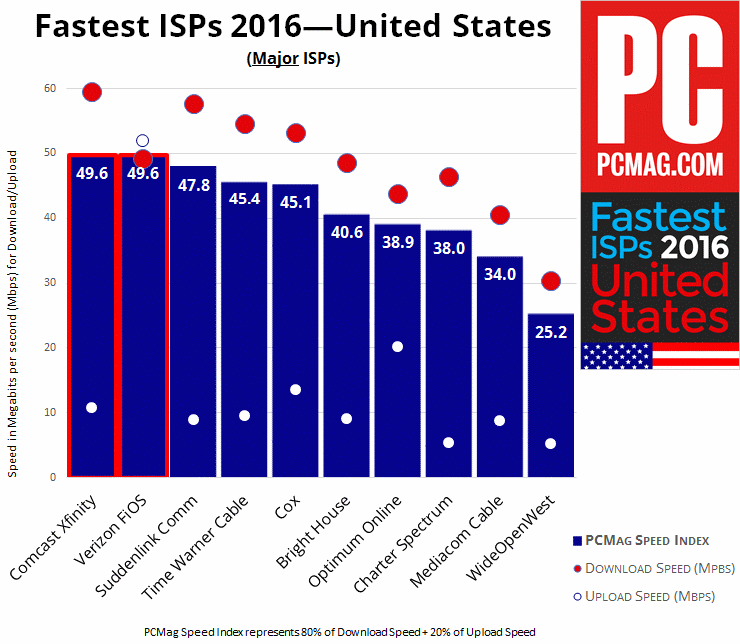With services like Netflix and Hulu taking over most consumers’ cable boxes, will GeForce Now take over gaming rigs and laptops?
I don’t think GeForce Now will do either of those things for a few simple reasons we’ll get to soon. Let’s first talk about what GeForce Now promises. It promises the ability to play any game in any virtual library, such as Steam or GOG, on any computer. This has been promised in the past. Two services that come to mind are OnLive, which opened its doors in 2003 that went out of business in 2015, and GameFly. The key difference between GeForce Now and the other two services is that they were rental services.
So, you would rent game time for any game out on the market and be able to play as much as you could in the time you rented them for. OnLive eventually went belly-up in 2015. GameFly is still going but they got rid of their streaming side and are sticking with the old model of mailing physical disks. So, with those two out of the way, the market is ripe for another attempt, but is GeForce Now ready to take on the challenges?
GeForce Now’s Ownership Situation
This isn’t the worst thing about the service but it definitely detracts from it in some ways. That fact is that you must already own a copy of the game in a digital format in order to make use of the service. This is nice, in that you can play Total War: Warhammer on your MacBook Air, but the downside is that you can’t try out games that your hardware can’t handle. I know that part of the purpose of the service is utilizing the power of a GTX 1080 GPU to give you superior quality, but I just don’t see the point in using it on a game you can already run, and why would you buy a game if you then have to pay again to just stream it? Which leads nicely into the next point.
GeForce Now’s Price
The first reason I think it will fail is the price. They announced that it was going to be $25 for 20 hours of gameplay which makes it $1.25 per hour. Now that may not sound too bad when you consider some games that cost $60 only give you around 15 hours of content which equates to $4 per hour. So if you’re on the go, and staying in a hotel, your internet speed is probably going to be somewhere between 20Mbps and 60Mbps, unless you stay in a really swanky hotel. And most of those speeds are paid for, typically around $20 or so per every few hours, though some nicer hotels you pay per night. Now you most likely won’t go through all 20 hours in a hotel room, but still, that does add to the total cost. This brings me to my second point, the internet speed requirement.
Plus, let’s say you do get the service with the MacBook Air you have for school. And let’s say you play 40 hours a week. So that’s $50 a week on games you already had to purchase, just to play them on your Mac. Which is about $200 per month you’re spending just to play the games, not to mention the $30-$60 per game you purchase. If you instead saved that money you could buy a gaming rig with a GeForce 1080 GPU in it within 9 months, and that’s if you go for an expensive one that is pre-built.
GeForce Now’s Speed
Most internet providers have 25Mbps as the baseline nowadays, but you really need at least twice that. There are a few reasons for this:
You may be thinking, yeah but Netflix, Hulu, and Amazon Video are doing great things with movies! Why won’t games be the same? They are fundamentally different. To get a 4K version of a movie, it’s a larger file size, so you need a faster transfer speed to achieve the level of detail a 4K quality provides. Through Netflix and Amazon Video, this speed is around 18Mbps, hence why they recommend having 25Mbps. This is still much less than you get with a physical 4K copy, which, if using the right cables, is more along the lines of 180Mbps. That’s ten times more data than what you get through streaming.
Now, imagine adding not only the 4K video quality, but the gameplay, interactive cutscenes, low-latency controls, thousands of lines of code controlling NPCs, character customization, and all the other information that needs to seamlessly be transferred from the cloud to a computer without any lag or stuttering, and you get very close to the 180Mbps that you get with a quality HDMI cable.
When you take all that together, and realize that the average internet speed in the United States is around 55Mbps, and your target audience is people who can’t afford gaming laptops, and probably can’t afford 200Mbps internet speeds, then you’re not going to get anywhere near the level of fidelity that the service is touting it can give.
Plus, depending on your provider and location, the prices on internet speed and reliability of service vary wildly, not to mention the hardware in terms of router and modem that are required to handle these speeds even for a small apartment can run near $200.
The worst place to try this service out is at your local coffee shop. Even the hugely popular Starbucks only nets you an internet speed of 10Mbps. Which means you won’t be streaming Mass Effect: Andromeda while enjoying a buttery croissant any time soon. And why would you stream it in your home when you have your gaming rig or console right next to you?
In summary, I think that GeForce Now is an interesting idea, but hopefully it paid some attention to OnLive. The cloud has grown a lot just in recent years, and internet speeds throughout the nation can certainly handle the needed power, it’s just a matter of how useful it will be to play games on a non-gaming computer outside of your home, where you most-likely have one. Though Nvidia believes that there are an estimated 1 billion people that want to play games but can’t afford a gaming or console.
Do you think that GeForce Now is going to be a smashing success or will it be a failure at launch? Let’s discuss in the comments!










Published: Jan 6, 2017 05:11 pm